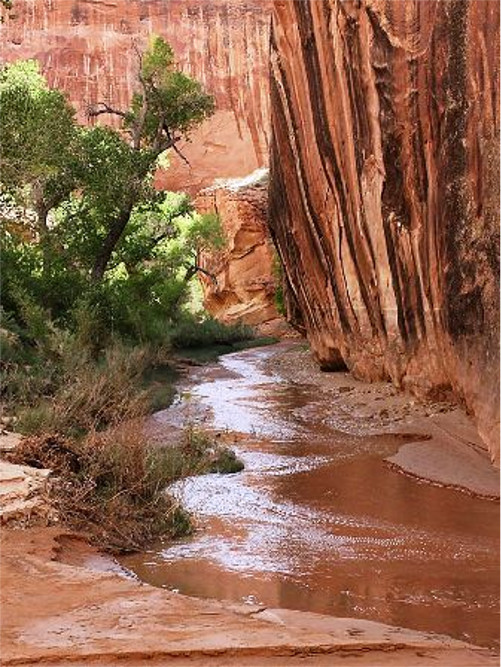- Series:Creation, Transcript English
Genesis 8:3a
“And the waters returned from off the earth continually….”
 Visitors to the Grand Canyon will recall the Park Rangers saying that it took millions of years for water to carve out the Canyon. We have looked at examples of rapid canyon formation in previous programs, and today we have one more example.
Visitors to the Grand Canyon will recall the Park Rangers saying that it took millions of years for water to carve out the Canyon. We have looked at examples of rapid canyon formation in previous programs, and today we have one more example.
Back in 1926, a canal in the desert of Walla Walla, near Washington, became clogged with tumbleweeds. When heavier-than-normal spring rains occurred, water began to back up. So workers diverted the water to a ditch leading to a nearby creek. The old ditch was not large, six feet wide and never more than ten feet deep, but the large water flow – 80 cubic feet per second – began to carve out the ditch. The fast-moving water soon created what many have called a miniature Grand Canyon. Over six days, the water moved five million cubic feet of dirt and rock. The result is a canyon over a quarter of a mile long, 120 feet deep and 120 feet wide.
Canyons throughout the world have undoubtedly been formed by large volumes of water moving a large amount of rock in a short time. While none of these canyons are as large as the Grand Canyon, the return of waters to the ocean after the Genesis Flood provides more than enough power to carve a feature as large as the Grand Canyon. Author: Paul A. Bartz
Prayer: I rejoice, dear Father, that You have judged my sins in Christ and have given me forgiveness. Amen.
Ref: Back to Genesis, 12: 2001, p. d, John D. Morris, “How Long Does It Take for a Canyon to Form?” Photo: Canyon walls in Coyote Gulch, a tributary of the Escalante River in Utah, US. (PD)
